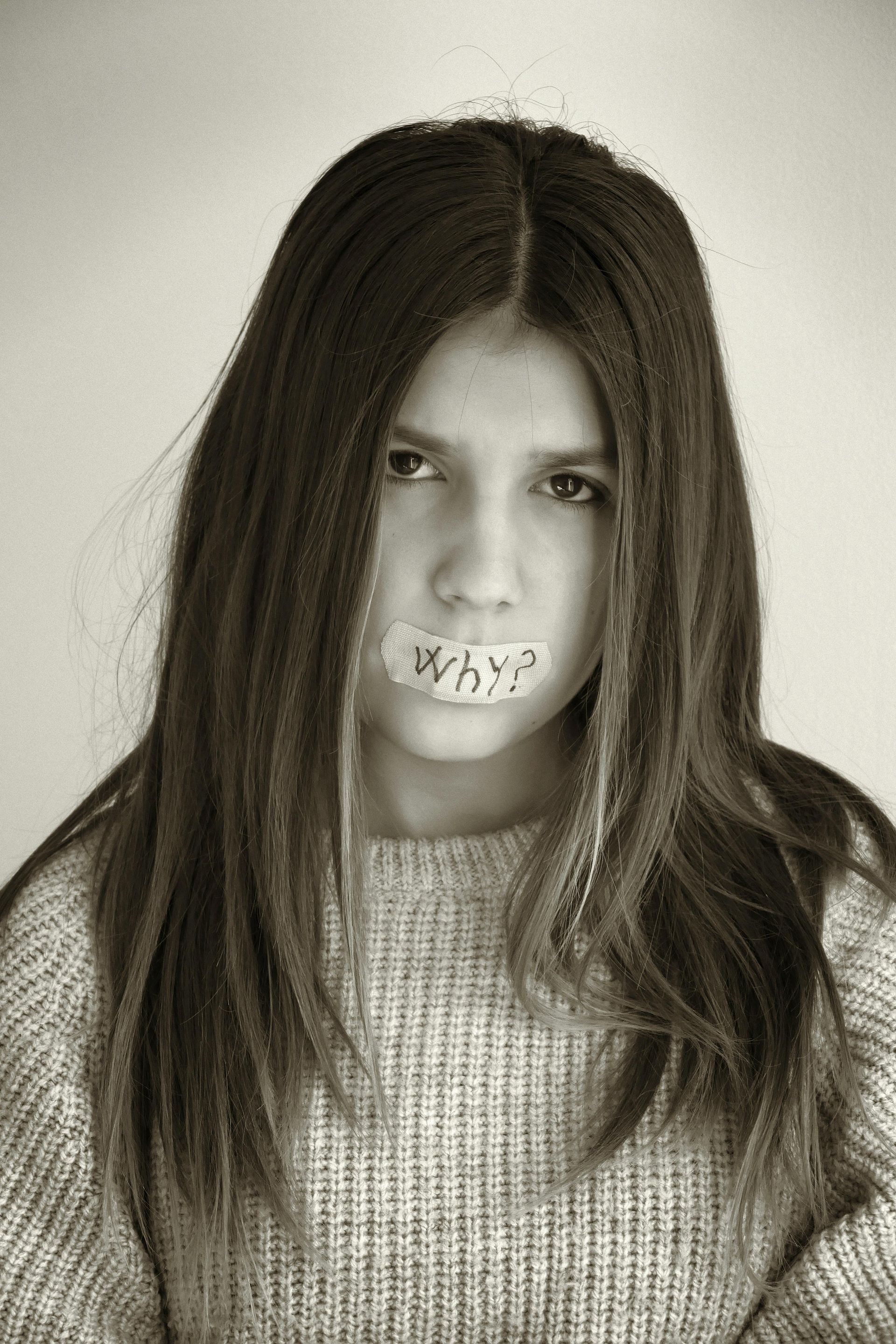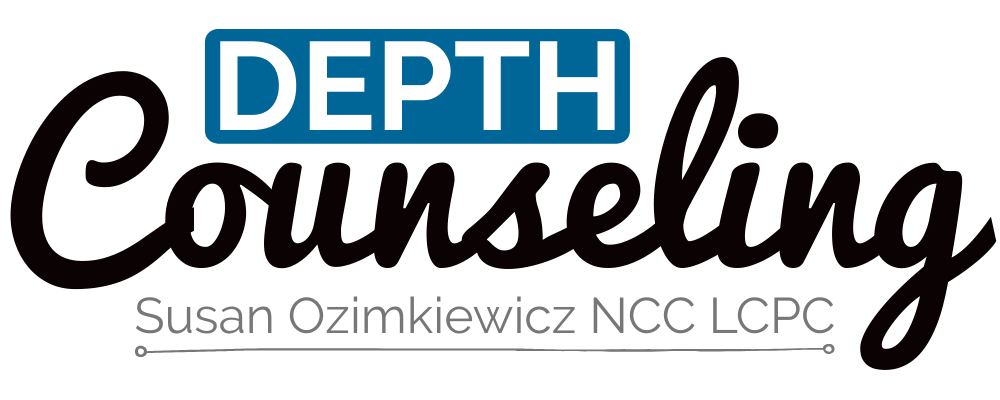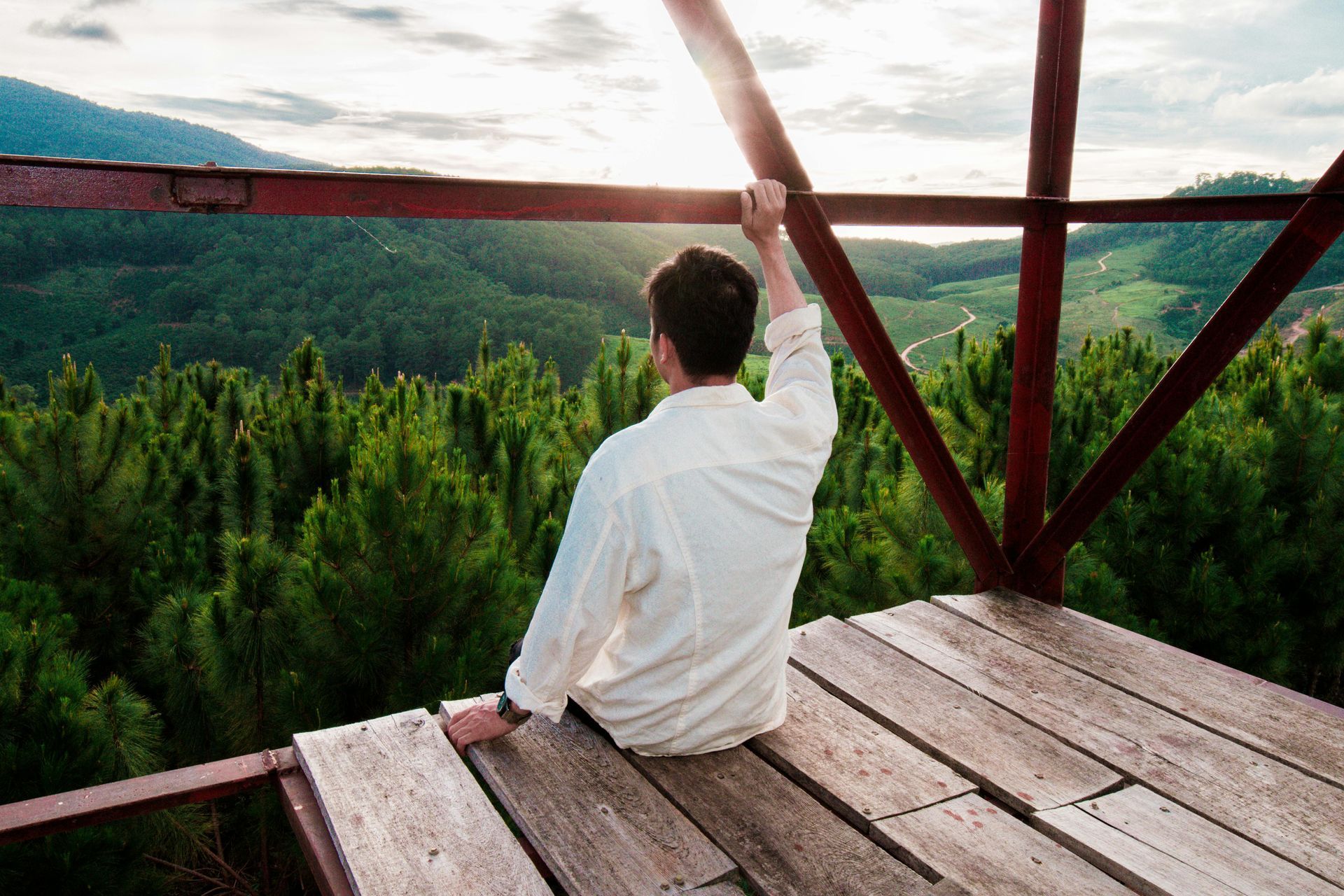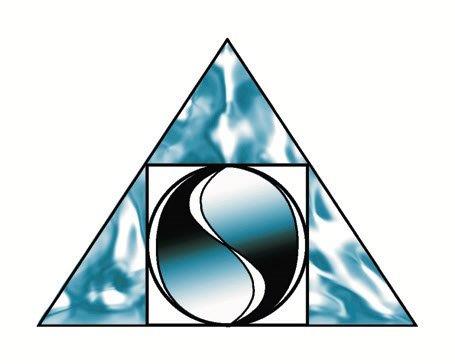Step on the Ground
Everything Begins with the First Step
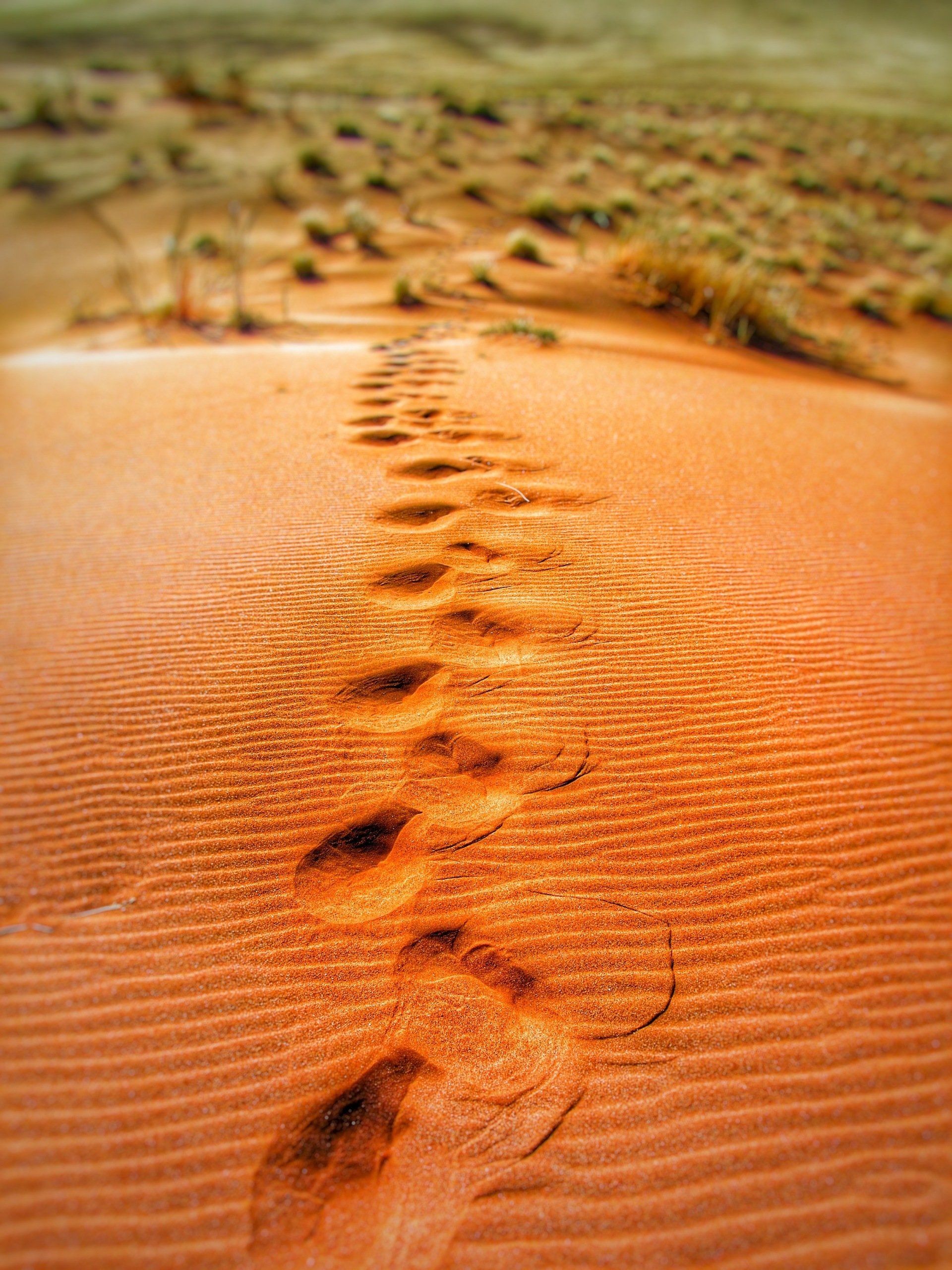
Step on your Ground
"The foolish man seeks happiness in the distance, the wise grows it under his feet."
─ Robert Oppenheimer
Everything begins with the first step. Many of my clients have had foot problems or symptomatic feet. Some have said it hurts to stand or walk. Others have said that their foot has gone south, and their foot feels like it is dragging along behind them, or it feels like they are walking on hot coals. Sometimes clients will hold back their ability to move ahead by not following their own process in life because they do not know what moves them. Your feet are a symbol that embodies what you stand for as they carry you forward and support your life.
The Foot's Process
"The foot feels the foot when it feels the ground." ─ Buddha
The Dictionary of Symbols said that when the Buddha was born, "he measured out the universe by taking seven steps in each of the quarters of space. Vishnu did the same thing with three strides." Jesus gave great significance to the feet in John 13:4 by washing his disciple's feet. The world symbolism of the footprint has been compared to the track that a hunter follows, and a symbol for the spiritual seeker on his own pilgrimage or life's journey. The footprint states here I am, and here I stand.
Each footstep sets the pace as you make strides toward your own understanding, insight, and awareness. The foot's process can be likened to a series of actions or steps that need to be taken to walk forward, toward a goal, perhaps the goal of self-discovery. The undertaking of your individual process is a combination of natural or involuntary adjustments, and changing circumstances that help you to perform or make a creative contribution as you manifest your own destiny. The process includes your attitudes, approaches, and personal relationship to the particular life's challenges presented to you by your feet, and/or any type of body symptoms that are experienced. Everyone leaves their mark or footprint in the world. They leave their own carbon footprint as well.
The acronym,
carbon footprint is historically defined as "the total sets of greenhouse-gas emissions caused by an organization, event, product or person." Carbon dioxide is a greenhouse gas that is produced by people as they breathe in oxygen and breathe out carbon dioxide. Hence, a
carbon footprint can be the measure of the environmental impact of a particular individual standing his ground in the world as well. The following poem describes a duality that also exists within the feet.
You can be unhappy and still be in love.
You can be in love and still walk away.
You can walk away and still feel the weight of loss.
You can feel the weight of loss and still stand tall.
You can stand tall and still be grieving.
You can be grieving and still find joy.
You can find joy and still miss what you had.
You can miss what you had and still long for more.
̶ L. E. Bowman
Ground Your Feet
When you begin to feel complete and solid within yourself, there is no sense of lack or missing any part within because one is grounded and rooted as they stand in their life just like a tree stands. Carl G. Jung called this the individuation process. The poem below poetically describes failing to see and understand ourselves.
Here is the ancient floor,
Foot-worn and hollowed and thin,
Here was the former door
Where the dead feet walked in …
̶ Thomas Hardy, ’The Self-Unseeing’
Connect to your own understanding with the bottom of the feet firmly planted on the ground. Under the feet are the soles. Symbolically this is about rooting your own "soul" into the ground of your being as you stand for your individual viewpoint. Paradoxically, don't stand still because there is a need to move and experience life. When the feet are sore and aching, it is a signal to look at where life is painful and perhaps at a standstill. Foot symptoms can urge you to participate in your own healing versus passively waiting for others to try to heal you. When you actively seek to find your healing, you find your path and the way to go.
"Dancing is the poetry of the foot." ─ John Dryden
